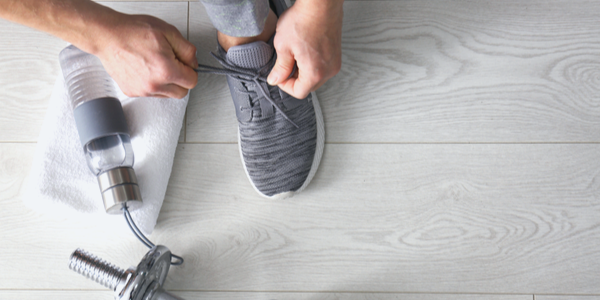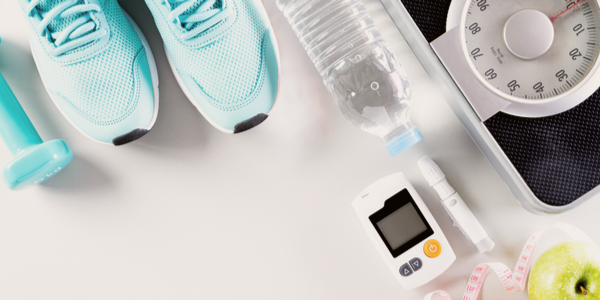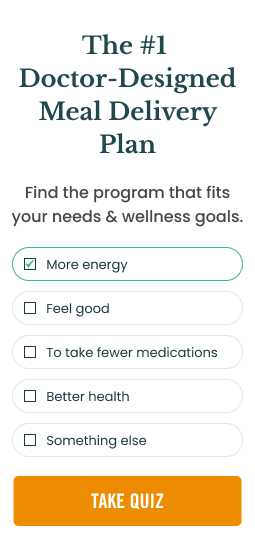
So you just completed an intense cycle class and now wondering, "How long will this muscle soreness last?" Perhaps you are also wondering how to reduce muscle soreness.
Interestingly, muscle soreness seems to be the most popular metric of progress. However, severe muscle soreness does not always mean or lead to growth.
In this article, discover what causes delayed onset muscle soreness and the most effective ways to manage it.
What Causes Muscle Soreness?
Muscle soreness is a phenomenon caused by working muscles during exercise or another physically demanding activity. However, there are actually two different types of muscle soreness.
The first kind is acute and generally occurs while working out. Acute muscle soreness can be regarded as that burning feeling during exercise. It results from accumulating metabolites like lactic acid and generally dissipates shortly after the workout is complete.
Conversely, delayed onset muscle soreness (DOMS) occurs a day or two after a tough workout. DOMS can occur 12-14 hours after exercise, but it typically peaks one to three days following physical activity.
Whereas acute muscle soreness is related to metabolites, DOMS occurs because exercising a muscle causes microscopic tears in it! But don't worry, these tiny tears are necessary for the muscle to eventually adapt and grow bigger, stronger, faster, etc. Now, this type of soreness is delayed because the body initially elicits an inflammatory response before the muscle fibers begin to repair.
While any type of exercise can cause DOMS, it most often occurs after higher-intensity training such as powerlifting, long-endurance running, competitive cycling, and any other activity that requires substantial muscular force or power. Specifically, it is the eccentric part of an exercise or motion that causes the most delayed muscle soreness. The eccentric exercise motion causes a muscle to tense and lengthen at the same time.
Using a bicep curl as an example, the concentric part of the exercise is the curling. The eccentric part is the release or straightening of the arm. As another example, running uphill or on neutral surfaces is mostly concentric in nature while running downhill is highly eccentric.
The most typical signs of DOMS include:
• Muscle fatigue
• Muscles that are tender to touch
• Reduced range of motion of the muscle and joint
• Stiffness or swelling in the muscle
• Short-term reduction of muscle strength
Does DOMS Equal a Good Workout?
It seems plausible that the sorer you are after a workout, the harder and better the workout. After all, most have heard the motto, "No pain, no gain!" However, this is misleading and fitness advice to be aware of.
When first beginning to exercise or when starting a new workout regimen, it's common to feel overly sore. New muscles are being activated and more muscle fibers are recruited to perform the physical activity. The result is more initial muscle tearing, which then leads to the delayed onset muscle soreness.
However, as the body adapts to the stressors, DOMS should occur much less often. The muscles have been conditioned to withstand more or harder exercise and they improve their repair and growth mechanisms. Now, the muscles would need a new stimulus like a longer run or more weight for more reps to induce DOMS.
All in all, less soreness generally means that muscles are adapted to a certain stimulus and certainly does not mean an ineffective workout. In fact, if DOMS is occurring often, that actually signals improper muscle recovery and/or overtraining.
How to Manage Muscle Soreness
When DOMS strikes, moving those muscles feels about as appealing as getting a root canal. And while time is the only true treatment for DOMS, there are a few techniques that may ease the discomfort.
A post-workout meal is one of the best ways to kickstart the recovery process and reduce the risk of DOMS. After exercising, worked and damaged muscles need to be replenished with nutrients.
Specifically, they need carbohydrates to restore glycogen, protein to grow and repair, and antioxidants and other polyphenols to decrease inflammation. A meal that fits this bill includes 4-6 ounces of salmon, a sweet potato, and a cup of colorful vegetables cooked with olive oil.
Other mitigation or prevention methods for DOMS include:
• Staying well hydrated
• Starting an exercise program slowly
• Taking adequate rest days
• Warming up and cooling down before and after the workout.
Again, although complete rest from exercise is tempting, this typically only worsens muscle pain and stiffness. It's smarter to move a little, albeit greatly reducing the intensity of the movement. Walking, yoga, or light cycling will help keep blood and thus nutrients flowing to the muscles, easing that pain and stiffness.
In addition, massaging the sore muscles can help loosen them. Some people prefer foam rollers or fancy massagers while others enjoy using essential oil and kneading or lightly squeezing the affected area of the muscles.
Finally, some people find some success with cold or warm baths. The mechanisms are not well understood, but anecdotal evidence from elite competitive athletes suggests that about 15-20 minutes of immersion in a cold body of water like an ice bath or a warm one such as a hot tub (or even sauna) greatly reduces DOMS.
Recapping Muscle Soreness
Muscle soreness - also called DOMS - is essentially caused by micro-tears in the muscles that lead to the physical sensation of pain. While some soreness is normal and can indicate muscle growth or strengthening, extreme soreness usually referred to as DOMS can signal overtraining or improper recovery.
Seeing as the recovery window is the most important in terms of making progress, it’s vital to know how to properly recover to achieve fitness goals. The post-workout meal is quite important in addition to stretching, massaging, and other relaxation techniques.
References:
Olson G. Delayed Onset Muscle Soreness (DOMS): Symptoms, Causes, Treatment. Healthline. Updated October 5, 2021. https://www.healthline.com/health/doms#seeking-help.







